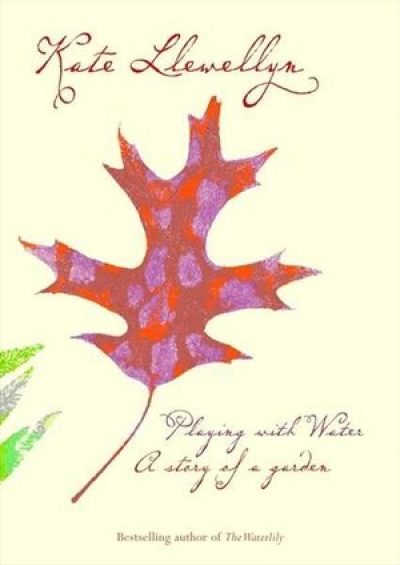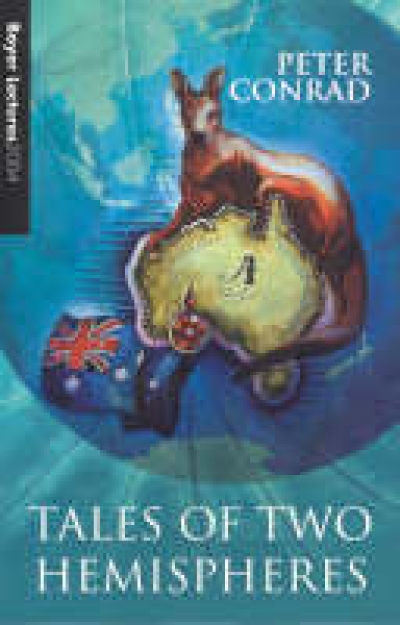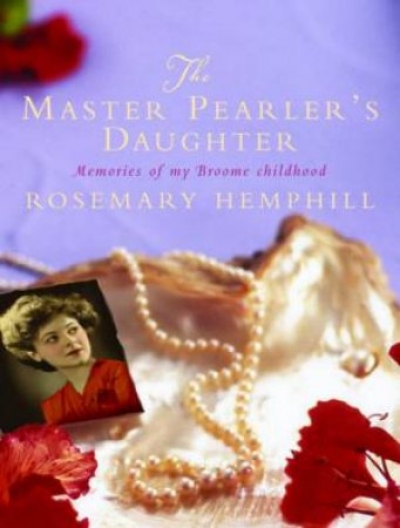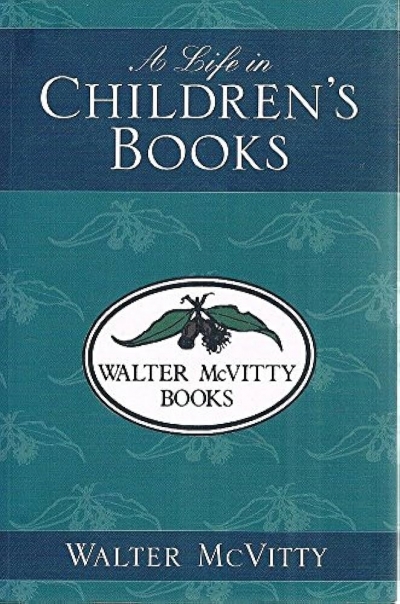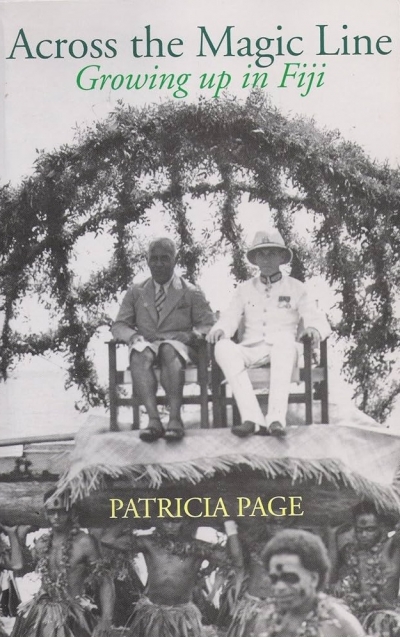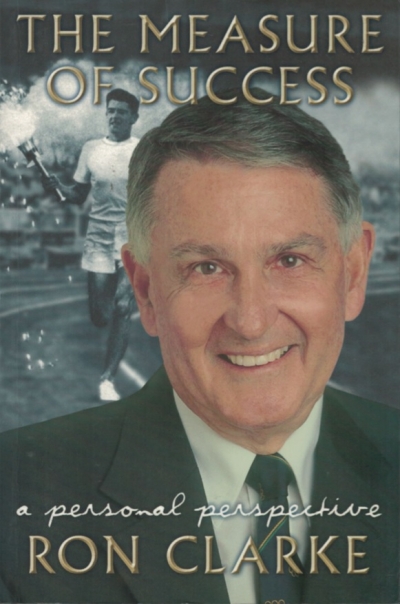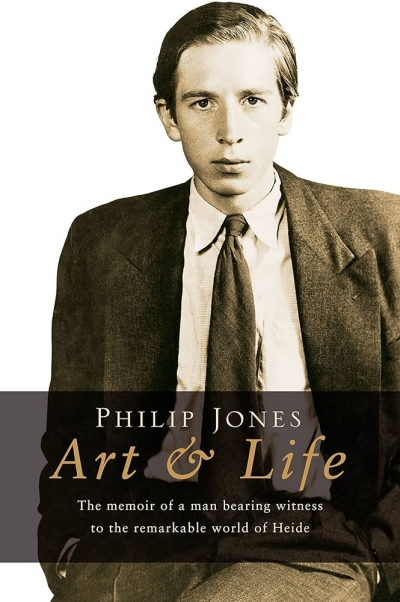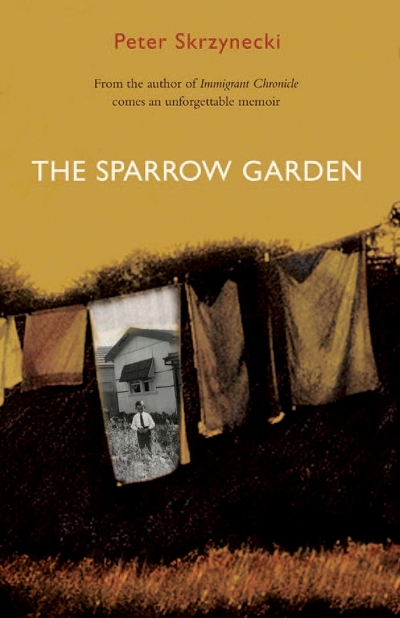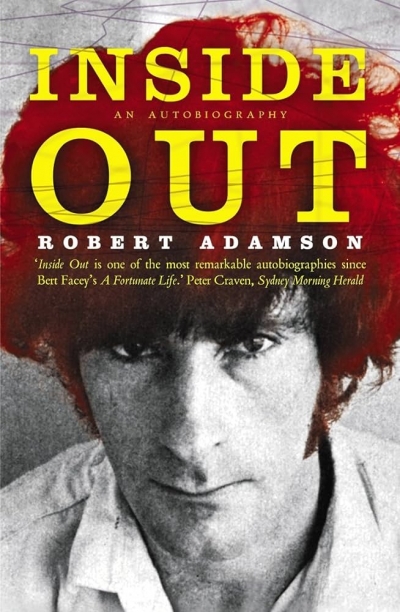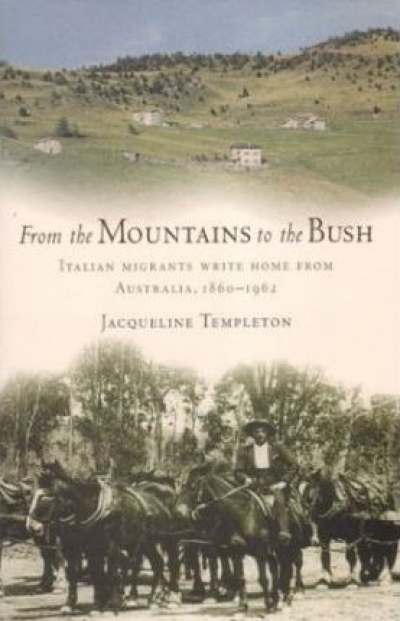Here are two engaging books that trade on the romance and exoticism of northern Australia. Neither makes much demand on the reader nor offers profound insights, but both in their different ways abound in atmosphere and a genuine ‘feel for place’.
Rosemary Hemphill’s childhood was one of extreme contrasts. Her father, the product of Jewish Orthodox parents and Sydney Grammar, washed up in Broome with the dream of becoming the master of a pearling fleet. As so many do, he fell in love with the place and stayed until forced out by the fall of the pearling industry. He served in World War I and, while recuperating from wounds in England, fell in love with the beautiful and cultured daughter of a conventional upper-middle-class couple. The English in-laws insisted that he convert in order to marry their daughter. Back in Sydney, his father declared ‘my son is dead’, as is the custom of Orthodox Jews whose progeny ‘marry out’, and forced the rest of the family to cut ties as well. Louis Goldstein, now Louis Goldie, returned to Broome with his wife and pursued the half-glamorous, half-arduous life of the ‘master pearler’. The life was harder on the women, who were forced to battle the extreme physical conditions, isolation and monotony.
...
(read more)

